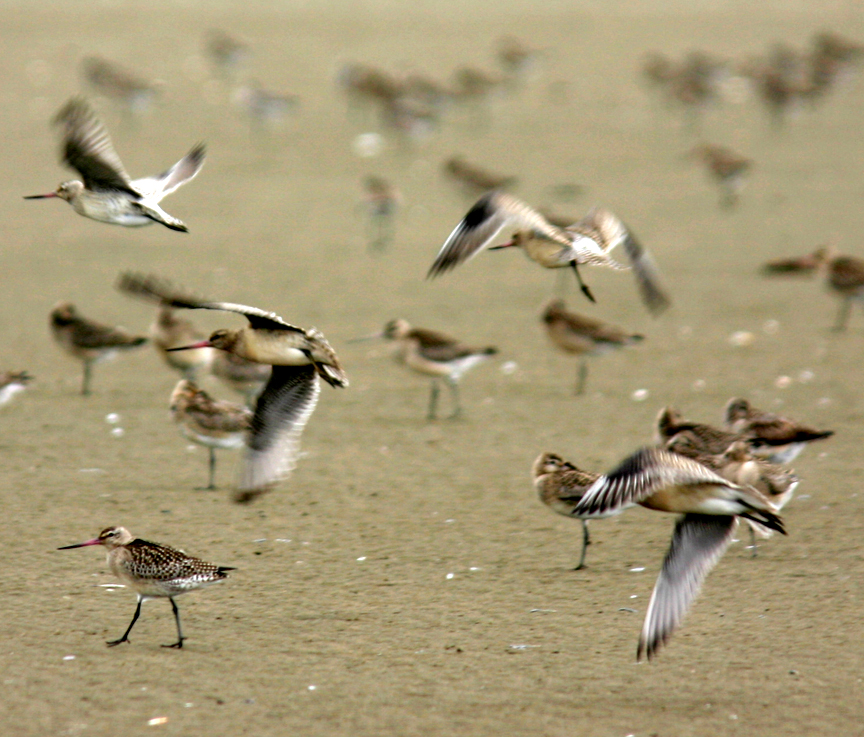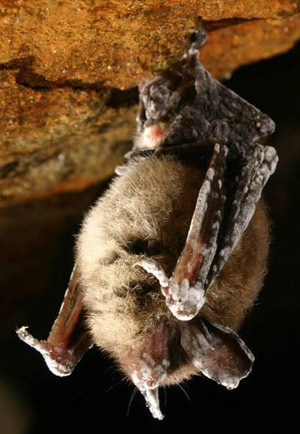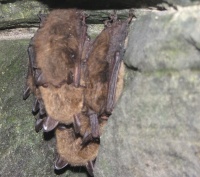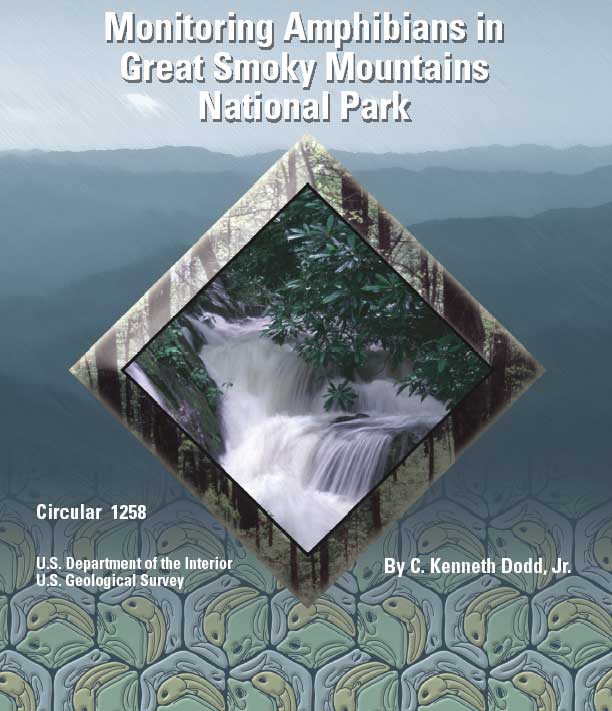- Home
- About S&T
- Taxa/Organisms
- Ecosystems
- Issues
- Methods & Tools
- Reports & Publications
- Location
- Search
March 25 2008 | Publisher: Other (Bat Conservation International) | Format: URL
www.batcon.org — Hibernating bats are dying by the tens of thousands in the northeastern United States, and a growing circle of top scientists is anxiously trying to figure out why. The mystery affliction, reported in New York, Vermont and Massachusetts, is dubbed "white-nose syndrome" because many affected bats had visible halos of white fungus around their More...

Publisher: USGS | Science Center: Alaska Science Center (ASC, Anchorage) | Format: URL
alaska.usgs.gov — This web resource provides information concerning the on-going Research at the USGS Alaska Science Center on birds and avian influenza (bird flu). The site links to quick facts, on-going research, workshop results, monitoring and surveillance, guidelines on how to safeguard against avian influenza, publications and reports, migratory bird More...

Publisher: USGS | Format: URL
www.usgs.gov — It has been estimated that over 100,000 bats have died in the northeast due to a mysterious white fungus called White-Nose Syndrome (WNS). Scientists are finding within caves and mines a large number of bats with a white fungus on their muzzles and other parts of their bodies. It is uncertain as to how this fungus is being transmitted and its More...

Publisher: Other Federal Agency (United States Fish and Wildlife Service (USFWS)) | Format: URL
www.fws.gov — Tens of thousands of hibernating bats died this winter in the northeast, and for unknown reasons. In and around caves and mines in eastern and upstate New York, Vermont, western Massachusetts, and northwestern Connecticut, biologists found sick, dying and dead bats in unprecedented numbers. In just eight of the affected New York caves, mortality More...

Publisher: USGS | Science Center: Fort Collins Science Center (FORT, Ft. Collins) | Format: URL
www.fort.usgs.gov — The dynamics of rabies transmission in bat populations that roost and live within cities is being investigated using Fort Collins, Colo., and big brown bats (Eptesicus fuscus) as the case study. USGS biologists are working on this project in collaboration with Colorado State University, the Centers for Disease Control and Prevention, and the More...

Publisher: USGS | Science Center: Fort Collins Science Center (FORT, Ft. Collins) | Format: URL
www.fort.usgs.gov — During the winter of 2006 or 2007, an affliction of unknown origin dubbed "White-Nose Syndrome" (WNS) began devastating colonies of hibernating bats in a small area around Albany, New York. Colonies of hibernating bats were reduced 81-97 percent at the affected caves and mines that were surveyed. Since then, White-Nose Syndrome has been detected More...

Publisher: NBII | Format: URL
www.nbii.gov — Natural resource managers face complex decisions that require a clear understanding of the status of wildlife populations and their habitats. Monitoring is key to making effective management decisions and evaluating the outcomes of those decisions. The goal of NRMP is to improve the accessibility of monitoring efforts to resource managers to aid More...

Publisher: USGS | Science Center: Fort Collins Science Center (FORT, Ft. Collins) | Format: URL
www.fort.usgs.gov — Natural Resource Monitoring Partnership (NRMP) is a collaborative effort by the natural resource management community to improve monitoring efforts in order to support effective evaluation and decision-making by sharing information on monitoring projects and protocols. The Natural Resource Monitoring Partnership was built for easy access to More...

Publisher: USGS | Science Center: National Wildlife Health Center (NWHC, Madison) | Format: URL
www.nwhc.usgs.gov — The condition in bats known as "white-nose syndrome" (WNS) was first noted among dead and hibernating bats found in caves near Albany, New York, by the New York State Department of Environmental Conservation beginning in February 2007. Affected bats appeared to have a white substance on their heads and wings. In early 2008, "white-nosed" bats were More...

Publisher: USGS | Science Center: National Wildlife Health Center (NWHC, Madison) | Format: URL
www.nwhc.usgs.gov — The condition in bats known as white-nose syndrome (WNS) was first noted among dead and hibernating bats found in caves near Albany, New York, by the New York State Department of Environmental Conservation beginning in February 2007. Affected bats appeared to have a white substance on their heads and wings. In early 2008, "white-nosed" bats were More...

Publisher: USGS | Science Center: Florida Integrated Science Center (FISC, Gainesville) | Format: URL
fisc.er.usgs.gov — Monitoring Amphibians in Great Smoky Mountains National Park is a pilot amphibian inventory and monitoring research project conducted in the Great Smoky Mountains National Park from 1998 to 2001. Circular 1258 is a publication that provides an overview of the Park`s amphibians, factors affecting their distribution, important areas of biodiversity, More...
